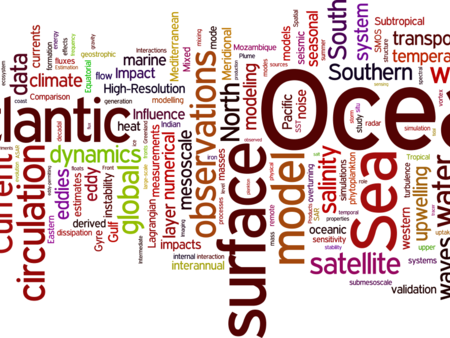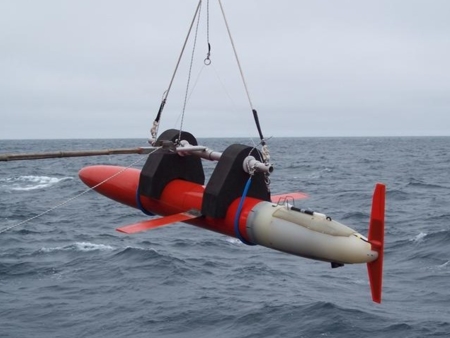Consistency checks of DM salinity corrections
An additional review of basin-wide data quality has been regularly performed at the regional level (North Atlantic-ARC and then Atlantic ARC) since 2013. One of the objectives is to ensure that the delayed mode salinity corrections are consistent within the basin. These checks are necessary because delayed mode analyses are conducted by different operators from different national data centres and because procedures, knowledge, and reference datasets have evolved since the beginning of the Argo project.
List of floats for which salinity DM corrections should be checked
Method
For each float processed in delayed mode in the A-ARC region, we run OWC method with a standard set of configuration parameters and the latest available reference dataset.
We first process all the floats considered unbiased by the DM operator (i.e. floats for which PSAL_ADJUSTED=PSAL for all cycles). Differences from mapped reference salinities are calculated at each cycle for each unbiased float.
The mean and rms of the differences are then calculated in 1°x1° boxes and over the whole region.
Salinity difference between Argo profiles and reference salinity (Argo+CTD) for unbiased floats | |
Over the whole region, the mean difference is very close to zero, as might be expected since a large proportion of the profiles from unbiased floats are included in the Argo reference database. Local differences are visible on the map, due both to the unresolved spatial and temporal variability in the reference databases and to the fact that our standard configuration used to run the OWC is not always the most appropriate. However, there is no clear regional pattern, which means that our OWC results are generally consistent with the DM operator's decision not to correct the float.
These statistics are used to check PSAL_ADJUSTED for all floats (those considered unbiased by the DM operators and those considered correctable, i.e. PSAL_ADJUSTED~=PSAL).
We are then able to identify a reduced number of floats for which the salinity profiles are examined in more detail: sections along the float path, comparison of some profiles with the closest reference data or with the closest real-time Argo data if necessary. Finally, if we consider it necessary, we warn the PI or DM operator of the float and suggest that they modify the salinity corrections. The list of floats for which PIs or DM operators have been warned is given here:









